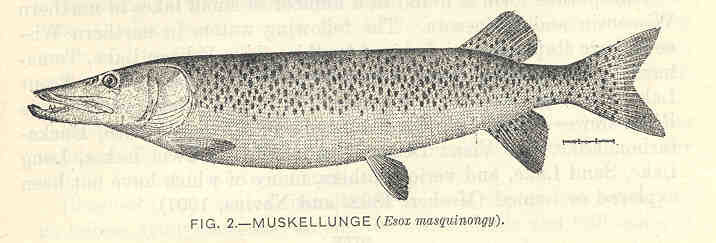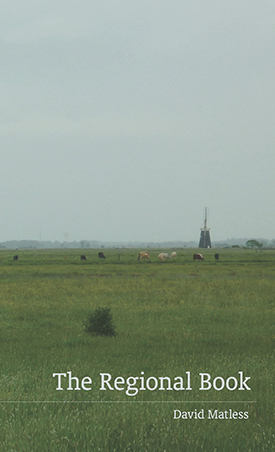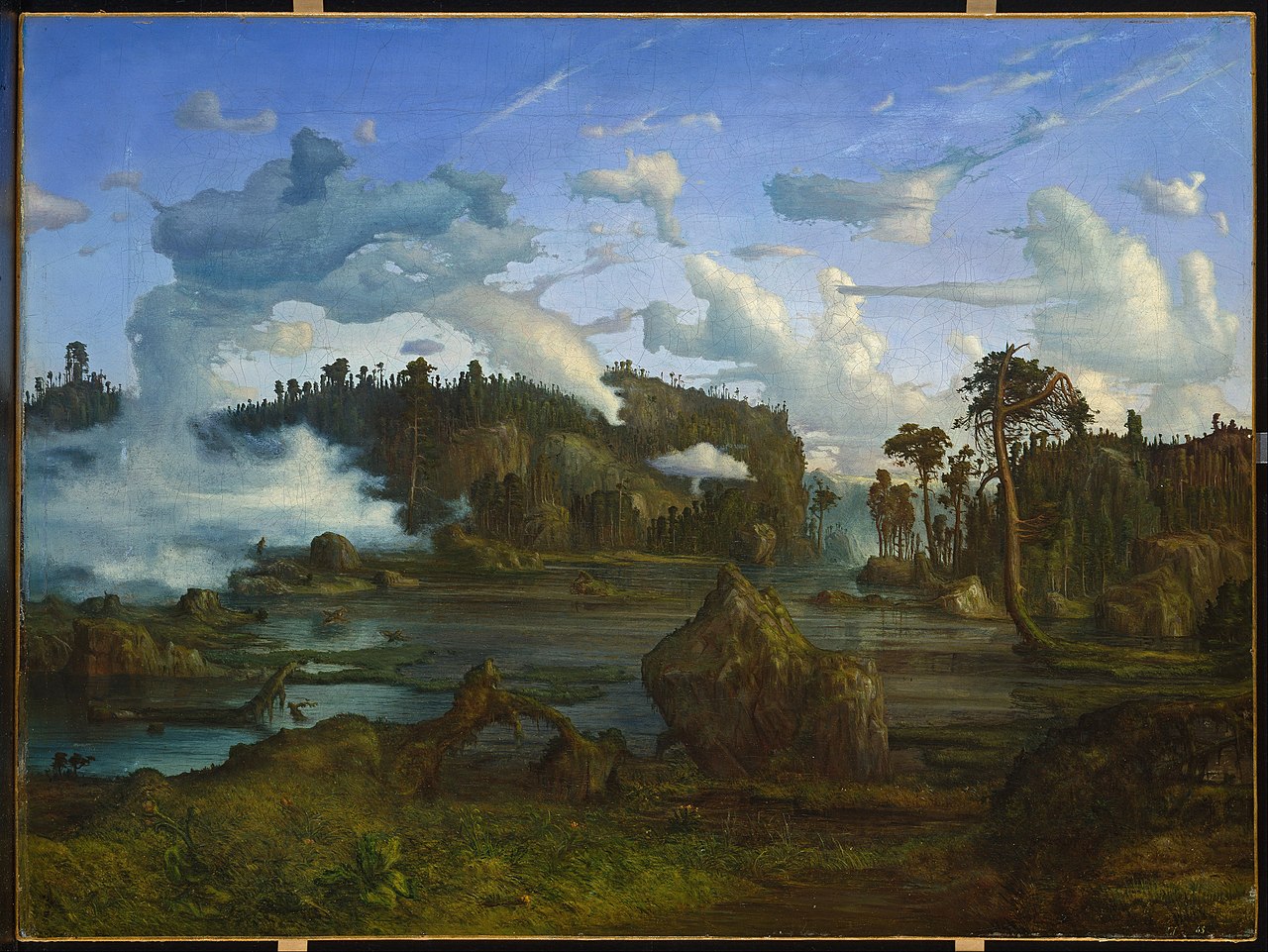It is high time I drew attention here to the admirable Longbarrow Press, whose strapline is 'Poetry from the Edgelands'. I recently bought from them Steps by Mark Goodwin, one of the 'radical landscape poets' selected for Harriet Tarlo's 2011 anthology The Ground Aslant. You can read and hear one of its poems at The Journal of Wild Culture, but much of the book is taken up with one long seventy-page walk poem, 'From a St Juliot to Beyond a Beeny.' As the title suggests (those indefinite articles inserted before the places names) this poem is not always an easy stroll in terms of language and an endnote recognises that use of 'an' and 'a' will jar with some readers. But I enjoyed it, partly because it reminded me of our own walks years ago on the Cornish coast (Goodwin is accompanied by 'the woman I love' who has a 'creaturely' connection with the animals they encounter. It brought to mind an incident when we spotted some other walkers down on the rocks and I pompously remarked on their irresponsibility in letting a dog swim among the rough waves, only to be told by my wife that what I was looking at was a seal). The walk from St Juliot has strong cultural associations with Thomas Hardy and his future wife Emma, 'the woman whom I loved so' as he refers to her in 'Beeny Cliff', a poem quoted within Goodwin's. On finishing this poem a strong impression of the landscape remains: its broken black slates and white-watered zawns, its sea-pinks and samphire, steep paths, holloways, gorzy slopes and views out to sea.
Extracts from Goodwin's walk/poem appeared in Longbarrow's anthology of walking poetry, The Footing. With the exception of Goodwin this book features poets based in Sheffield and can be read as an exploration of the city's streets and rivers. On the Longbarrow Press site you'll find sound and video clips of poets reading their work out in this landscape. I've embedded one of them below, in which Matthew Clegg and songwriter Ray Hearne are filmed in the woods and by a canal, accompanied by birdsong, the singing of leaves and a brief bit of laddish chanting from a passing boat (6 minutes in). Harder to appreciate from a website is the high production standard of the Press's books, and also their pamphlets, like Peter Riley’s The Ascent of Kinder Scout. The black and grey fonts in Steps look beautiful on the page and an interview with Longbarrow's Brian Lewis makes clear how much care has been taken over their layout. In 'From a St Juliot to Beyond a Beeny' the text follows the poet's steps along the Cornish coast for seven kilometres, varying the pace, diverted by memories and then returning to attend to such things as the river, dotted with shadows, where water circles and light slides and rolls over 'layered pages of still slate.'

.djvu/page1-431px-Wind_in_the_Willows_(1913).djvu.jpg)








































